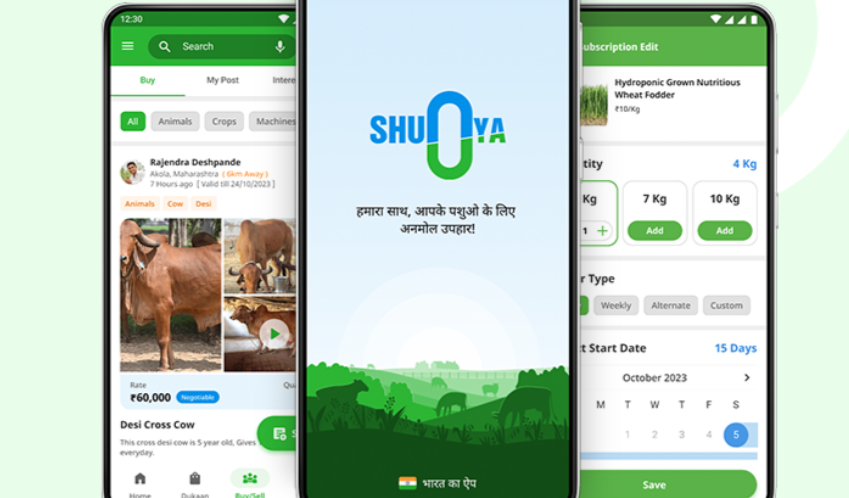Holy Cow: Milk from Stressed Animals Isn’t the Same
Milk is much more than a source of calcium and comfort. It’s a mirror of how a dairy animal has been fed, treated, and cared for.
Today, as climate extremes become more common, dairy animals across India are quietly suffering from something we rarely talk about: stress. And stressed animals don’t produce the same milk — in quality, quantity, or reliability.
What Is Animal Stress / stressed animals?
In dairy livestock, stress is mostly thermal and nutritional. The ICAR-National Dairy Research Institute (NDRI) confirms that heat stress reduces feed intake by up to 25%, affecting rumen function, milk yield, and fat composition [1].
When buffaloes are exposed to summer temperatures above 38°C — which is common across North India in May-June — their energy is diverted from milk production to thermoregulation. The result?
-
- Decline in milk output
-
- Decrease in fat and SNF
-
- Digestive issues and acidosis
-
- Higher risk of mastitis and reproductive disorders
The Impact of Stress on Milk
-
- Lower Yield: According to research from NDDB, dairy animals can lose 15–30% of milk output during heat waves [2].
-
- Drop in Fat/SNF: The National Dairy Development Board highlights that thermal stress impacts milk solids, which affects payout to farmers and quality to consumers [3].
-
- Antibiotic Dependency: Prolonged stress reduces immunity, often resulting in antibiotic use to prevent or manage infections — a concern now acknowledged by the FSSAI, which found traces of antibiotics in milk samples from multiple states [4].
Nutrition as a Solution – Powered by Shunya to Reduce Impact of Stress
The most actionable lever? Feed.
Shunya’s Nutri Ankurit Feed (NAF) is a hydroponically grown, moisture-rich, and enzyme-active fodder. This hydroponic green fodder improves:
-
- Digestibility
-
- Energy retention
-
- Gut health
-
- Fat and SNF content
In the Doodh Darpan field study (May 2025) across Kanpur, buffaloes fed hydroponic fodder NAF maintained milk yield and saw a 5% increase in milk fat, while control animals fed dry fodder showed steep declines. Read more about the study here
Shunya provides Fodder-as-a-service to provide affordable hydroponic green fodder for small farmers helping their animals overcome the heat related nutritional stress.

For the Farmer: Feed Is Wealth
One smallholder in the Doodh Darpan study earned ₹8 more per day per animal (milk revenue -feed cost) with NAF — not by increasing yield, but by improving milk quality and reducing feed wastage.
Multiply that by 300 days and 3 animals — and you unlock over ₹7,000–₹10,000 annually in added value. In a country where average dairy income is under ₹1 lakh/year, this is game-changing.
With Shunya providing green fodder delivery thru on-demand subscription basis, farmers can now have access to year-round green fodder supply in India. Couple that with digital veterinary service rural India by Shunya that provides remote vet consultations and farmers can manage for nutrition and health by tying up with Shunya for long-term gains.
In Conclusion
As consumers, we must ask not just “How much milk?” but “At what cost to the animal?”
And as farmers, the focus must shift from more animals to better nutrition and animal comfort.
Because in dairying — milk reflects the cow’s well-being. And stress is visible in every drop.

